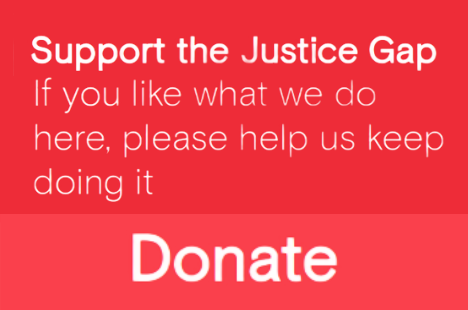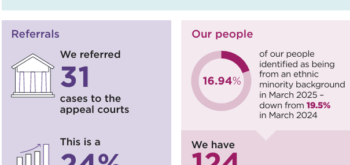A report from HM Inspectorate of Probation highlighting the impact of inaccurate risk assessments raises concerns as to youth offenders’ safety and the safety of others.
High workload and staffing issues in youth offending services led to inaccurate identification of risk. Although the majority of cases are monitored correctly, inaccurate classifications can be extremely harmful and potential victims (including other children) can be left without protection. Some children have been recorded as carrying weapons with them or selling drugs due to this misidentification.
The report calls for the child and their parents to be involved in the assessment process in the future, in order to build up a relationship of trust. It further urges all youth offending services to pay attention to these issues. Safety is a basic human need that ‘enables children to thrive and flourish.’
Good assessments of safety concerns are more likely where youth offending teams are organisationally supported by strong partnership arrangements with other agencies. The correct use of tools and information from multiple sources can build a better picture of a child’s life, and allow for better assessment of offending and safety concerns.
Following the report, assessments of risk for out-of-court disposals were noted as only 59% efficient in keeping the child safe and 60% in keeping other people safe. It observed that the classification should have been higher. Gang activity, particularly involving county lines and exploitation, was not addressed when assessing risk as it was underplayed by the case manager.
An inspector commented on one case concerning trauma:
“The vulnerability of the young person was not recognised. The psychiatric report states he may become a high risk of suicide if he has a prolonged custodial sentence and clearly identifies that this is a young person who has been traumatised by witnessing his friend being tortured and murdered in front of him.”
The report highlighted common problems encountered in child safety assessments: poor use of assessment tools, overlooking significant factors putting children in danger, and a lack of consideration of potential future risks. Issues in assessing others’ safety included a poor understanding of risk of serious harm, over-optimism about risk, and outdated assessments that are not reviewed following new information. Generally, some assessments were not completed, and some were completed by untrained or unqualified staff.
For the full report click here.







